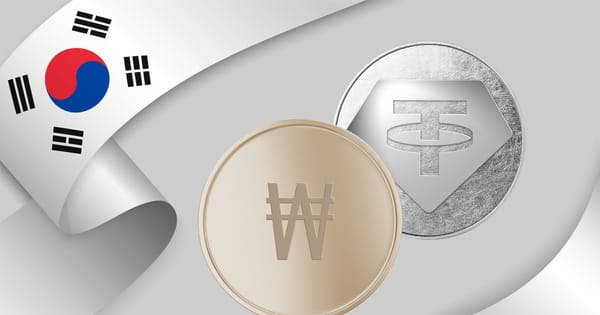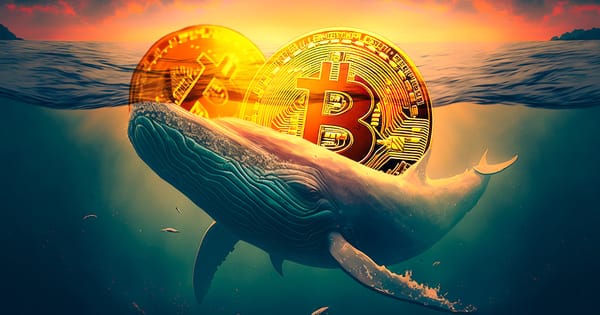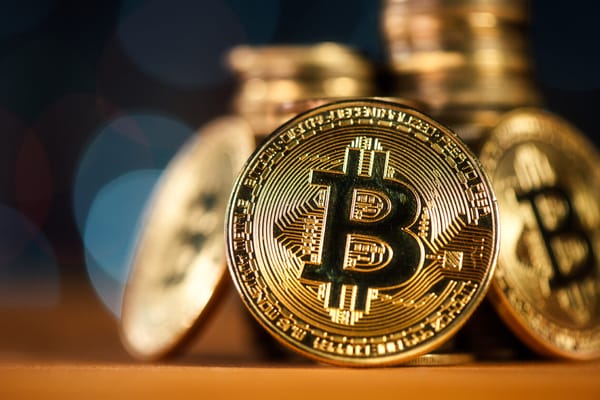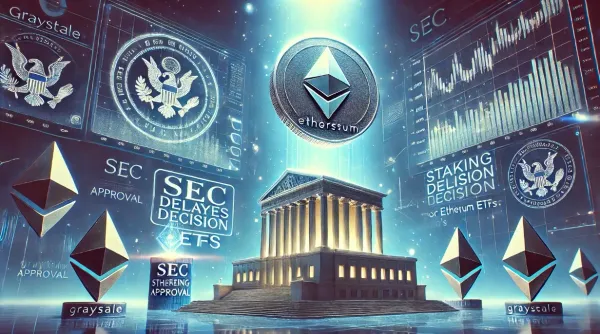Dynamic NFTs (dNFTs): Exploring Their Application in Web3 Gaming
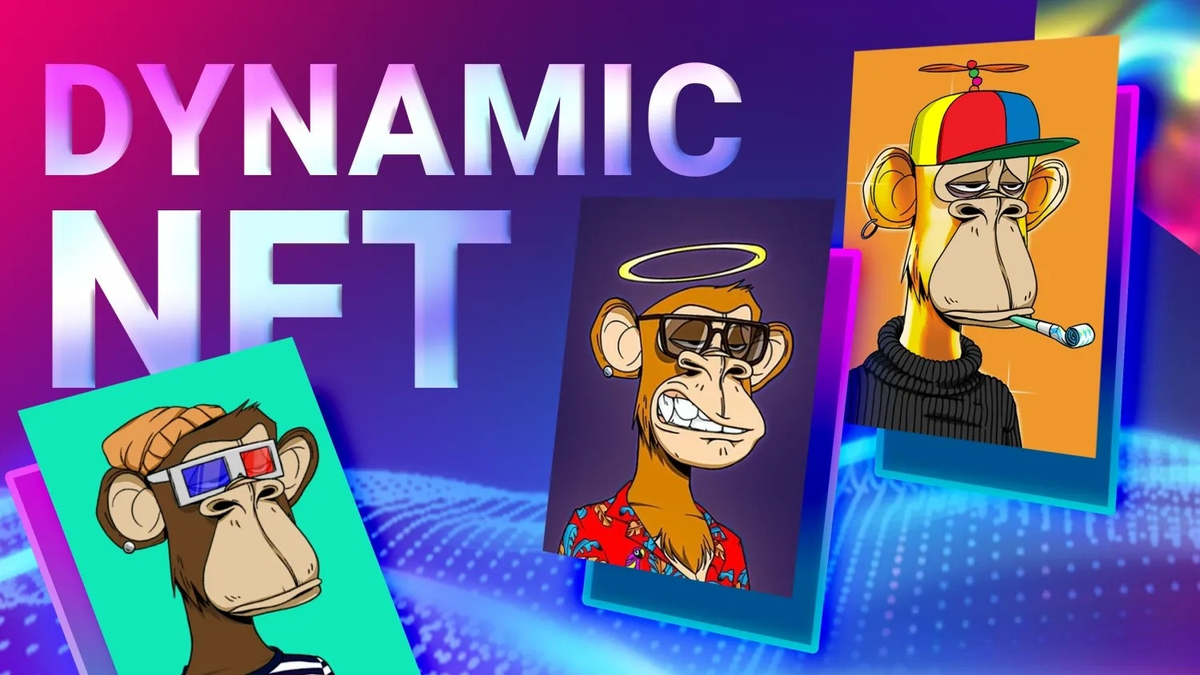
Why Do We Need Dynamic NFTs?
With NFTs gaining widespread acceptance in the Web3 community, they have become a prominent trend, attracting attention from major media outlets and celebrities launching their own collections. NFTs are among the most notable applications of blockchain technology.

Most NFTs seen daily in the market are static NFTs, used in various NFT art projects and Play-to-Earn initiatives.
Beyond their current use cases in the Web3 community, static NFTs also bring commercial value by digitizing real-world items such as real estate contracts, patents, and other personal documents.
However, this model is limited by the permanence of static NFTs, as the metadata attached to these NFTs is fixed completely after minting on the blockchain.
Use cases such as tokenizing assets in the real world, building games with evolving processes, or creating imaginary sports tournaments based on blockchain often require data updates.
In simple terms, while the data of these NFTs benefits from the high-security environment of the blockchain, they inadvertently lose the ability to interact with external databases outside that blockchain.
What Are Dynamic NFTs?
Dynamic NFTs are NFTs that can change based on external conditions.

Dynamic NFTs are created as an absolute solution for both worlds, simultaneously addressing data security issues and the interaction capabilities of metadata with external data.
For example, in an online game, an NFT can be an item that players equip to their characters. This item can be upgraded with new attributes through the smart contract protocol of dNFTs and still exist as part of players' equipped NFTs and be easily tradable.
In essence, dNFTs exhibit their "dynamic" nature most clearly when they change depending on external databases or certain peripheral factors occurring in an event.
Benefits of Using Dynamic NFTs
Comparing static NFTs with dynamic NFTs shows that dynamic NFTs represent the next phase in NFT development.
Better Interactivity

The major advantage of dynamic NFT collections is enhancing user interaction, thereby improving user experience.
Dynamic NFTs can exploit user curiosity about upcoming changes in collections or projects.
For example, new challenges and corresponding rewards, along with new methods to interact with collections, can promote user engagement.
Role-Playing Experience
Users continuously seek new experiences and memorable experiences with dynamic NFTs, encouraging them to spend more time on projects.
Reward Points System

Continuous user interaction with the content of dynamic NFT projects can help them discover new ways to appreciate collections.
Thus, brands can leverage dynamic NFTs to turn their users into loyal fans. As more users interact with dynamic NFTs, projects will spread more quickly.
Flexible Earning Potential
The successful participation of more people with dynamic NFTs can also open up new possibilities for earning money from dynamic NFT content.
For instance, dNFT collections may feature payment features for content or premium exclusive rewards. Users who spend more time on dynamic NFT websites or apps are more likely to choose premium services and ensure better earning potential.
The Power of Innovation
Above all, the most significant benefit of dynamic NFTs lies in innovation opportunities. Dynamic NFTs are highly flexible and offer new strategies for creating and distributing content.
Furthermore, examples of dynamic NFT collections also demonstrate the ability to adjust projects to boost participation. Therefore, you have countless options on how you want to design dynamic NFTs with your creative ideas.
Applications of Dynamic NFTs
With the ability to link to off-chain events, dynamic NFTs can be a vital tool in promoting customer interaction and connection with major brands, such as having an NFT that changes based on special events.
Through this, the application of dNFT is determined through fields:
Art sector
The core value of Generative NFT art projects often comes from the richness of characteristics (traits) of NFTs in the collection, with some traits being more prominent than the others in terms of scarcity.
In the NFT's extremely rich metadata and IPFS links to corresponding images or videos. The demonstration of scarcity or updates to characteristics related to other characteristics of art products will open up a large market through dNFT.
Web3 gaming sector
Allowing the recording (updating) of additional properties of items in the game has released for increasing the value of NFTs.

When starting a game with a character NFT for the first time, the player's NFT will have basic attack or physical condition statistics reflected in its metadata. When the player continues to level up, the metadata in the NFT will change to reflect the character's development.

For sports games, based on the game's results after the match has ended, certain rules in the smart contract will be activated and the player's NFT will reflect similar changes accordingly.
Management and rewards
For businesses aiming at business goals or advertising products as NFTs, the Oracle protocol linked with dNFTs can be used to bring up social media customer lists and metadata on-chain.

From there, businesses can use this data to establish and manage loyal customer lists, thereby changing and upgrading NFT products for these objects as a reward for loyalty to the business.
Real estate digital field
Such as updating information on real estate, for example the real estate red book when changing ownership rights, the traditional NFT encryption problem is almost solved in a clear way.
Conclusion
The concept of dNFT or Dynamic NFT is still very new and has not been widely applied.
However, as the digital currency market grows, NFT is the result when a variant of blockchain applications is the explosion of dNFT.
